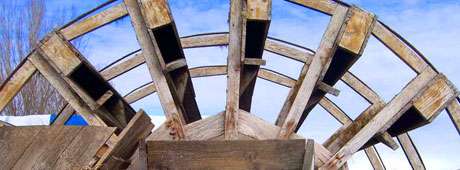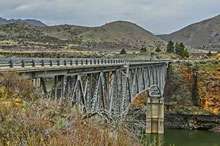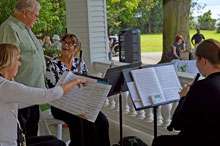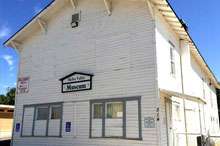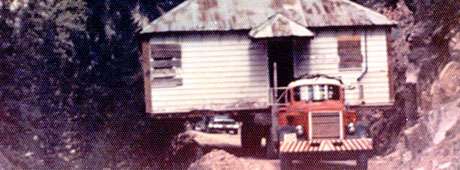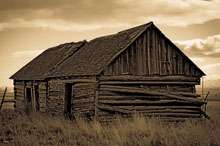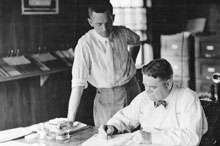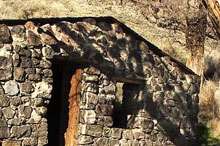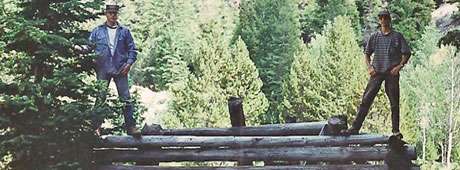No products in the cart.
The Bell Told
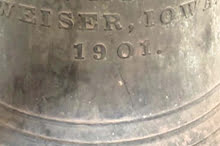
Surprise in the Belfrey By Gerald J. Funke On a warm Sunday afternoon, Max Rodriguez came into the sacristy of St. Agnes Catholic Church in Weiser after the Spanish Mass and sheepishly showed me, the pastor, a frayed
READ MORE
This content is available for purchase. Please select from available options.
Register & Purchase Purchase Only
Register & Purchase Purchase Only

